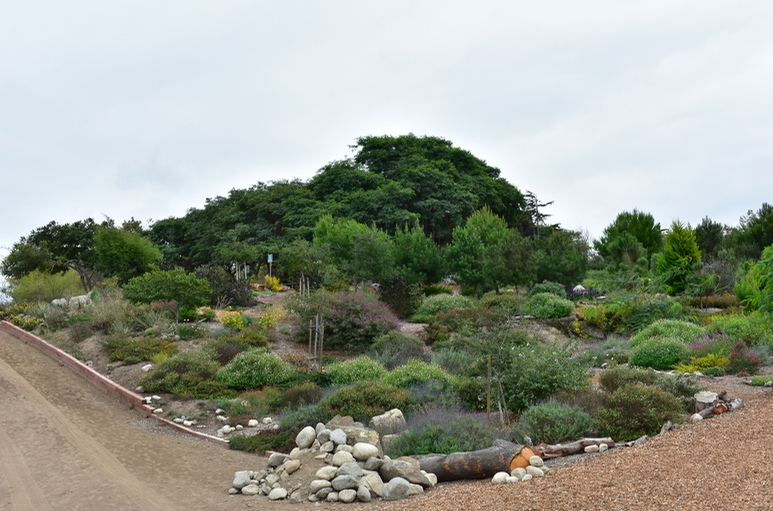
By Katie Vo
“Small acts, when multiplied by millions of people, can transform the world,” Howard Zinn said. This means that you have the power to create a cleaner, greener future—and you’re not alone. With West Coast wildfires occurring more frequently and the recent Huntington Beach oil spill, more people are searching for ways to protect the planet. Here are five ways to become a better environmentalist. Welcome to the global movement.
1. Reduce, Reuse, Recycle
Ah yes, back to the basics. Reducing, reusing and recycling are such simple activities that we may sometimes forget the tremendous impact they can have. In fact, they’re so simple that even elementary school students learn the environmentally friendly alliteration.
Let’s expand the three R’s even further.
In addition to reducing energy and water consumption, consider reducing your consumption of animal products. At least three times a day we make the decision to have a meal or a snack and not all foods are created equal. Plant-based foods are not only much more nourishing for our health than their animal product counterparts, they’re more sustainable to cultivate.
The growth and decomposition process of plants allows for natural fertilization to improve soil fertility and perpetuates the cycle. Plants also emit far less greenhouse gas emissions and waste products than animals do. This doesn’t necessarily mean going vegan is the only solution to solve the planet, but incorporating more plants in your meals and phasing out animal products is a step towards being more environmentally conscious. Try swapping out cow milk for alternatives like almond or oat!
Be mindful of single-use items and opt for reusable products when possible. Although they may be on the pricier side, they’ll last longer and you can’t put a price on the health of our planet.
Fountain Valley High School is in the process of reimplementing the recycling program on campus. In the meantime, try upcycling clothes. Donate the bags of unworn clothing items to a local thrift store and clean out that closet like you’ve been meaning to.
2. Reflect
Ask yourself the following questions:
How do my actions impact the environment?
What does my daily routine look like in the context of a developed country?
Do I know what my carbon footprint is?
How am I showing up to the movement?
Where should I go to learn more?
Reflecting on questions, like these, ground us, helping us realize where we currently stand and how we want to progress moving forward.
3. Relearn
If you’re a current student thinking of what science class to take in the future, try Oceanography, Marine Biology or Advanced Placement Environmental Science.
If you’re looking for something richer, advocate for more topics with a focus on environmental racism, tree inequity and other intersectional topics. The climate crisis disproportionately impacts lower-income, marginalized and underserved communities more often than affluent neighborhoods or countries. Those that cause the least amount of environmental degradation contend with the brunt of the catastrophic consequences: natural disasters that lead to involuntary displacement, toxic waste pollution, poor health quality, limited sanitation services and the list stretches on.
Take the initiative to educate yourself and take control of your learning. Solely relying on a textbook may not be enough. Read books and research articles. Listen to podcasts and climate scientists. Learn from indigenous teachings and the people that are most deeply connected to the planet.
4. Reach out
There are a plethora of environmental organizations to get involved with and donate your dollar or time to. It will take a village to face the climate crisis, so it is important to find your community.
Reach out to friends and family and have these important discussions.
5. Rest
Facing the climate crisis may feel defeating at times. It’s important to take breaks. Take a nature walk to realign and remember the reason why you’re doing all of this. Rest, recharge and return to the work that lays ahead.
While there are innumerable ways to help heal the planet, with this five step guide, being a better environmentalist never seemed simpler.





